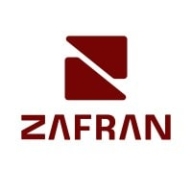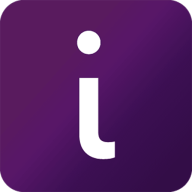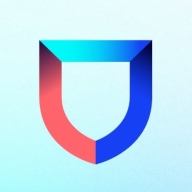


Acunetix and Lacework FortiCNAPP both compete in the web application security and cloud security management categories, respectively. While Acunetix is appreciated for its comprehensive vulnerability scanning, Lacework FortiCNAPP is seen as more flexible due to its resource-based pricing model.
Features: Acunetix provides advanced scheduling, a user-friendly GUI, and a robust IAS module, making it effective for web vulnerability detection. In contrast, Lacework FortiCNAPP excels with its anomaly detection, compliance features, and deep cloud integration for thorough security insights.
Room for Improvement: Acunetix users seek fewer false positives and better integration with mobile platforms. Lacework FortiCNAPP could improve IAM controls, alert configuration, and data governance capabilities.
Ease of Deployment and Customer Service: Acunetix supports on-premises and hybrid cloud deployments with generally responsive technical support, though delays occur. Lacework, mainly cloud-deployed, offers reliable support but occasionally requires user intervention to escalate requests.
Pricing and ROI: Acunetix's pricing, though historically justified by its features, has become a user concern due to price hikes. Its ROI is driven by substantial security improvements. Lacework FortiCNAPP offers a flexible pricing model, providing significant ROI through enhanced security infrastructure and vulnerability identification.



Zafran Security integrates with existing security tools to identify and mitigate vulnerabilities effectively, proving that most critical vulnerabilities are not exploitable, optimizing threat management.
Zafran Security introduces an innovative operating model for managing security threats and vulnerabilities. By leveraging the threat exposure management platform, it pinpoints and prioritizes exploitable vulnerabilities, reducing risk through immediate remediation. This platform enhances your hybrid cloud security by normalizing vulnerability signals and integrating specific IT context data, such as CVE runtime presence and internet asset reachability, into its analysis. No longer reliant on patch windows, Zafran Security allows you to manage risks actively.
What are the key features of Zafran Security?
What benefits can users expect from Zafran Security?
In industries where security is paramount, such as finance and healthcare, Zafran Security provides invaluable protection by ensuring that only exploitable vulnerabilities are addressed. It allows entities to maintain robust security measures while allocating resources efficiently, fitting seamlessly into existing security strategies.
Acunetix Web Vulnerability Scanner is an automated web application security testing tool that audits your web applications by checking for vulnerabilities like SQL Injection, Cross site scripting, and other exploitable vulnerabilities.
Lacework FortiCNAPP provides robust cloud security, combining vulnerability management and multi-cloud insight with user-friendly controls, machine learning detection, and compliance support.
Lacework FortiCNAPP specializes in cloud security by merging machine learning anomaly detection with agent-based vulnerability management to offer detailed alerts and compliance reports. Its comprehensive approach allows continuous monitoring across AWS and Kubernetes, providing insights from an attacker's perspective. The platform offers automation and seamless Slack integration, facilitating collaborative and efficient cloud security management. Users value its ability to handle multi-cloud environments and scan IAC scripts, configurations, and compute nodes across AWS and GCP.
What are the key features?Organizations across sectors leverage Lacework FortiCNAPP for cloud security, focusing on compliance, security posture, and vulnerability management. It is widely used for monitoring AWS and Kubernetes environments, scanning IAC scripts, configurations, and securing compute nodes. It supports multi-cloud security posture management and log ingestion, enabling companies to maintain strong cloud infrastructures without dedicated security layers.
We monitor all Vulnerability Management reviews to prevent fraudulent reviews and keep review quality high. We do not post reviews by company employees or direct competitors. We validate each review for authenticity via cross-reference with LinkedIn, and personal follow-up with the reviewer when necessary.